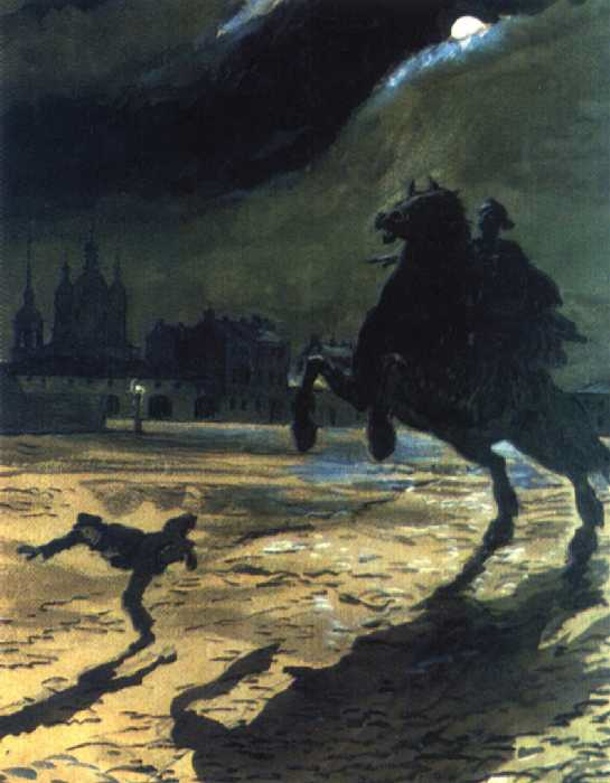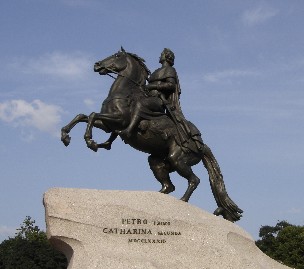The Hunt for Red October is a 1984 novel written by the late Tom Clancy, a famed author specializing in realistic military fiction. The reason I find this particular story interesting as opposed to all the others (many of which involve both Russia and its people) is the thrilling film made in 1990. The plot details an advanced submarine leaving Russia during the height of tensions between Russia and the United States. Through three points of view (in Russian, on the submarine, and in America), Clancy expertly reveals the story of a defective Russian submarine.
The commander of the submarine, a certain Marko Ramius, decides to defect on the
Red October's debut mission due to both personal and political factors which began influencing him far before the submarine leaves Russian soil (or water, I suppose). Once both Russians and Americans hear of Ramius' plan to defect from Russia to America with a state-of-the-art nuclear submarine, the race to find the submarine is on. There's only one problem - Ramius' sub includes a new propulsion system, making the underwater machine virtually undetectable to current technology.
Throughout this exceptional page-turner, Clancy brings us less into a world of weapons and violence, but more so into the world of politics, where often times the obvious choice is never the right one. I won't spoil the rest of the story for anyone who has actually read this far into my blog post, but if you haven't read this, I certainly recommend it.













.jpg)